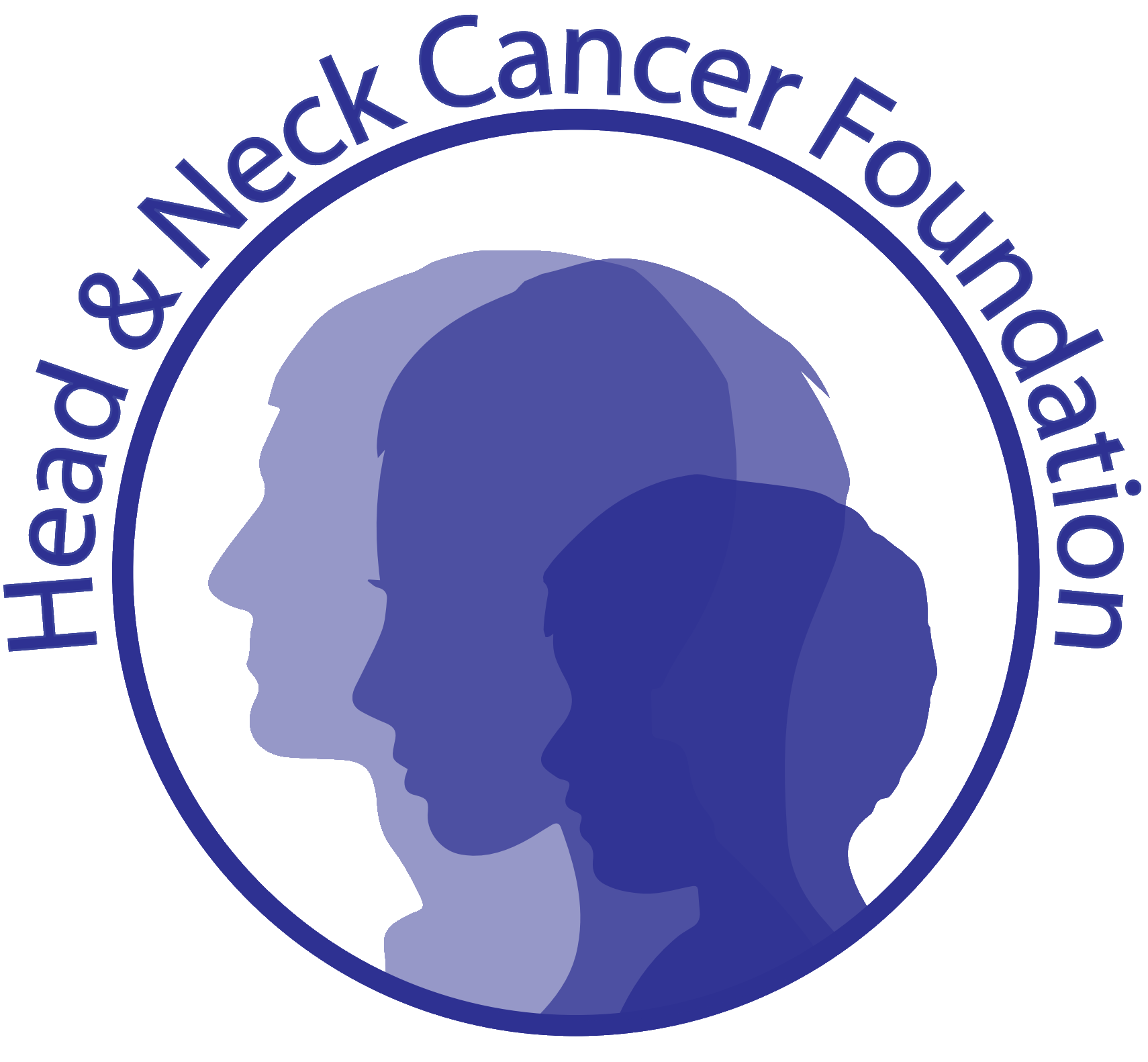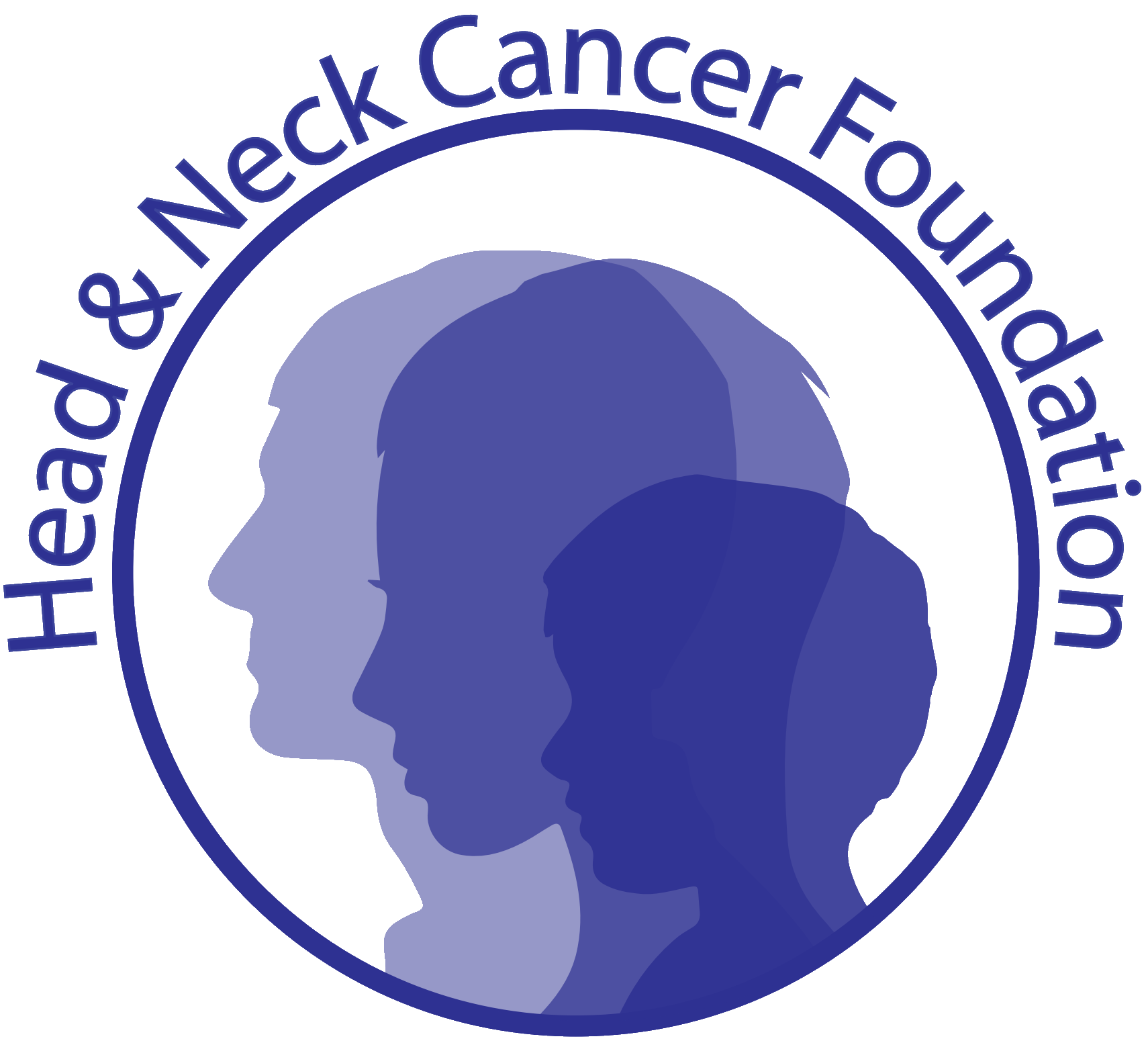The Head and Neck Cancer Foundation is committed to the ongoing research of Head and neck cancer within Australia. The research conducted through the beneficiaries of the Foundation aims to establish new treatment paradigms and patient-centred holistic care.
Below are the current research projects that have been successfully published or presented at both international and local conferences:
Ongoing Research Projects
Academic Stream
The prevalence of HPV in healthy tonsillar tissue within an unvaccinated paediatric population (Singh/Jacobson)
Current data illustrates no cases of vertical transmission HPV from mother to child in a cohort of 70 children.
Systematic review of non-antibiotic anti-biofilm therapies in ENT. (Taylor/ Sideris/ Banks/ Havas)
This project examines the current evidence for non-antibiotic anti-biofilm therapies to help us better understand how to address the newly discovered entity in rhinosinusitis.
Funding Implications of Coding Inaccuracies in Complex Head and Neck Surgery (Lange/ Taylor/ Sideris/ Jacobson)
This project, conducted in conjunction with the Department of Clinical Coding at Prince of Wales Hospital, revealed approximately $60 000 in lost funding opportunities in complex Head and Neck Cancer Surgery. This will prompt the development of an operation report proforma to maximize funding to the Head and Neck unit at Prince of Wales Hospital.
Idiopathic Subglottic Stenosis: A Retrospective Review of Management Strategies and Outcomes (Prabhakar/ Sideris/ Stewart / Jacobson)
This project examines our institutional experience with the management of idiopathic subglottic stenosis at Prince of Wales Hospital as a comparison to other published data from international cohorts.
The Role of Pepsin in Laryngopharyngeal Reflux (Fuzi/ Singh/ Havas)
This project examines the role of pepsin in the propagation of laryngopharyngeal reflux in those with clinical evidence of this disease, challenging the long-held assumption that LPR is caused by the acidity of gastric secretions.
Development and Feasibility of an Cadaveric Endoscopic Skull Base Tumour Model (Banks C/ Choroomi S/ Fairhall J/ Bleier B)
This project examines the feasibility of a novel cadaveric endoscopic skull base tumour model.
A multinational review of the use of Patient Reported Outcome Measures in Rhinology (Banks C/ Ting F/ Choroomi S/ Husain Q/ Sacks R/ Psaltis A/ Douglas R/ Hopkins C/ Gray S)
This project examines multinational data on the use of patient reported outcome measures in Rhinology.
The Role of Neck Dissection in High Grade Salivary Gland Carcinomas
- This was presented at the 3rd European ENT Otolaryngology Conference in London
- It was fortunate enough to receive a Certificate of Recognition as part of the presentation
- Also presented at ORL 2018 in Queenstown
- Accepted for Poster Presentation at the Australian Society of Otolaryngology Head and Neck Surgery’s Annual Scientific Meeting, 9-11 March 2018,
The cost of a delayed Tracheostomy Discharges to a Health Network
- Presented at ORL in Queenstown 2018
- Accepted for Poster Presentation at the Australian Society of Otolaryngology Head and Neck Surgery’s Annual Scientific Meeting, 9-11 March 2018,
Multidisciplinary Tracheotomy Teams: An Analysis of Patient Outcomes and Resource Allocation
- Accepted into Ear, Nose & Throat Journal.
Tracheostomy Teams: An Evaluation of Patient Outcomes and Resource Allocation”
- Accepted for Poster Presentation at the Australian Society of Otolaryngology Head and Neck Surgery’s Annual Scientific Meeting, 9-11 March 2018,
A systematic review and meta-analysis of predictors of airway intervention in adult epiglottitis
- Submitted to The Laryngoscope awaiting final outcome
- Poster Presentation at Australian Society of Otolaryngologists and Head and Neck Surgeons Annual Scientific Meeting, March 9-11 2018
The Re-Emergence of Adult Epiglottitis: A Systematic Review of the Literature.
- Poster presentation at Australia Society of Otolaryngologists and Head and Neck Surgeons Annual Scientific Meeting, March 9-11 2018.
Retrospective Review of Orbital Exenteration at Prince of Wales Hospital
- Poster presentation at Australian Society of Otolaryngologists and Head and Neck Surgeons Annual Scientific Meeting, March 9-11 2018
Biomedical and Translational stream
3D Printing implantable jaw allografts for insertion in patients undergoing mandibulectomy (Singh/Dokos/Havas)
The group’s first collaborative project with UNSW Biomedical Engineering saw a group of students design and engineer a patient specific 3D printed mandibular prosthesis from a real life mandibulectomy case. The devices were specifically engineered to fit the specified oncological cut out and withstand normal mandibular forces of chewing, implementing muscle attachment point and channels for insertion of brachytherapy catheters. This work was presented to us at our September meeting with great success. Preliminary contact has been made with the Mayo Clinic in Rochester, Minnesota to facilitate an in vivo animal study to test the method.
Development of a Biopolymeric Drug Delivery Device for Use in Otolaryngology/ Head and Neck Surgery (Sideris/Havas)
The 2019 Research Fellow, Dr Anders Sideris, has made significant progress with the development of an absorbable drug delivery technology for use in Head and Neck Surgery. In vitro data illustrates an extended release profile of up to 5 days of bioavailable drugs from the polymeric delivery system. This technology will be tested in November 2019 in a validated in vivo porcine model to assess the biocompatibility, adhesion, safety and degradation characteristics in conjunction with the UNSW Surgical and Orthopaedic Research Laboratories. It is with the hope that successful animal data can take us one step closer to a human application of this technology with broad applications from rhinopharmacological sustained release of intranasal medications, to postoperative localized deliver of antineoplastic agents in head and neck surgery, to delivery of growth factors to wounds.
Histological and Biomechanical Investigation of Cartilage Autografts in Nasal Reconstructive Surgery (Sideris/ Coles/ Choroomi/ Meller/ Banks/ Marcells /Havas)
Biobanking of human nasal cartilage is in full swing. We have been collecting nasal septal and rib cartilage fresh from nasal surgeries at Prince of Wales Hospital and in conjunction with the department of Mechanical Engineering at the University of Sydney and the Engineering at UNSW we have been able to define for the first time normative data on the tensile properties of nasal cartilage and have been able to assess the effects of demographics, sex and comorbidities on this. The next step in this project will involve design of 3D printed constructs for integration of cartilage cell culture in vitro with a view to personalising cartilage to the mechanical properties of a patient specific population.
Optical Coherence Tomography in Laryngeal Surgery (Singh/ Stewart/ Jacobson/ Havas)
This project is an industry collaboration in which the use of optical coherence tomography and con-vivo microscopy will be preliminarily validated in an ex vivo porcine model to assess its usefulness as an intraoperative tissue and oncological margin assessment tool. The proposed benefits of this technology include saved operating time, increased accuracy of oncological margin assessment and a reduced reliance on human interpretation of tissue histopathology with the integration of artificial intelligence to interpret the data output from the device. This project is being undertaken as a Masters of Biomedical Engineering at UNSW by 2020 Head and Neck Foundation Registrar Dr Ravjit Singh.
Proposed PhD Project – 3D Printing of Temporal Bone and Lateral Base of Skull Models as a Surgical Training Model
This is a collaborative project between UNSW Engineering and the POW ORL HN Research Group, the aim of which is to develop a drillable 3D printed temporal bone model for educational purposes for the ENT trainee. This has been proposed as a potential PhD project under the faculty of UNSW Engineering for a Biomedical Engineering student and will involve the use of Micro-CT data from scans of disarticulated temporal bones being reconstructed into accurate 3D computer models.
These 3D computer models will then be 3D printed and a feasibility study undertaken to assess the surgical experience, anatomy and feasibility of such a model whereby an experienced senior otologist blinded to the original specimen anatomy and CT images will drill this bone and feedback will be provided for further development of this model to make it realistic and informative for the training surgeons.
Artificial Intelligence in Decision Making in Complex Head and Neck Cancer Surgery
This is a new collaborative project between UTS School of
Computer Science and the POW ORL HN Research Group, the aim of which will be to
develop a machine learning model to predict optimal treatment recommendations
based on patient and disease characteristics and best evidence from the literature
on Head and Neck cancer treatment.

